Factoring rose by 16 per cent to LE12.4 billion in the first quarter (Q1) in 2024, up from LE10.7 billion in the same period a year earlier, according to data from the Financial Regulatory Authority (FRA).
Recourse factoring jumped by 26.4 per cent to LE8.2 billion in 2024 Q1, up from LE6.5 billion in the same period in 2023. In recourse factoring, a customer has to reimburse the factoring company if the customer doesn’t pay their bill.
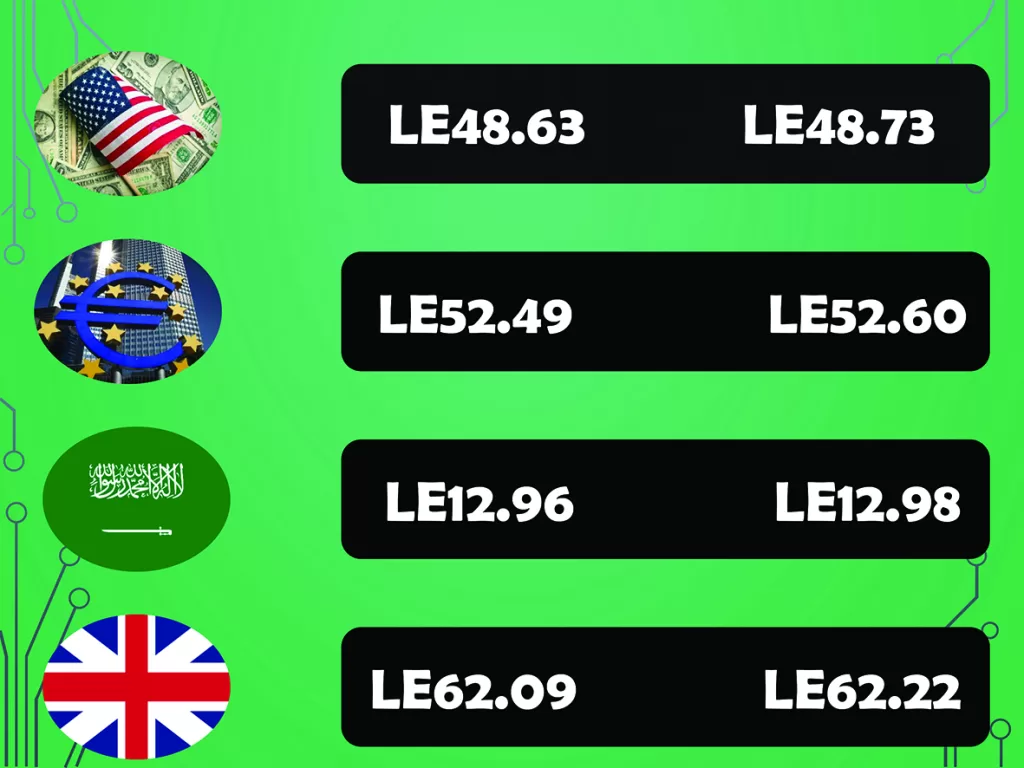
Non-recourse factoring rose slightly by 0.1 per cent to LE4.22 billion in 2024 Q1, compared to LE4.21 billion in the same period a year ago, according to FRA data.
Micro, SME balances jump 53.5%
Financing balances for micro, small and-medium enterprises (SMEs) jumped by 53.5 per cent to LE62.8 billion in the first quarter (Q1) in 2024, up from LE40.9 billion in the quarter a year earlier, according to FRA data.
The number of beneficiaries fell by three per cent to 3.83 million in Q1 2024, down from 3.95 million in the same period the previous year.
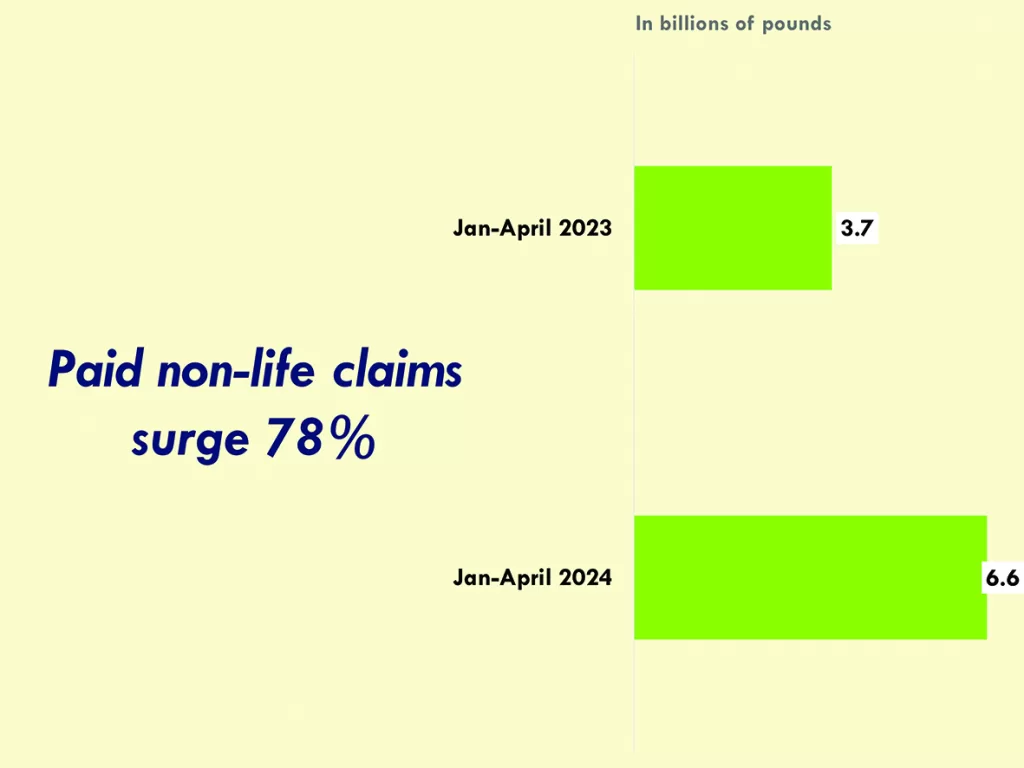
Financing balances for micro, small and-medium enterprises (SMEs) rose by 41.7 per cent to LE57.1 billion in 2023, compared to LE40.3 billion in 2022, according to FRA data.
The number of beneficiaries plunged five per cent to 3.8 million in 2023, down from four million the previous year.
Microfinance plays a significant role in boosting Egypt’s national economy and the private sector.
Gold hits record highs in Q2
Gold reached record highs in the second quarter, driven by a combination of strong on the counter (OTC) investment, continued central bank buying and an upturn in Western ETF inflows later in the quarter, according to a World Gold Council (WGC) report. Conversely, the high price environment took its toll on jewelry consumption.
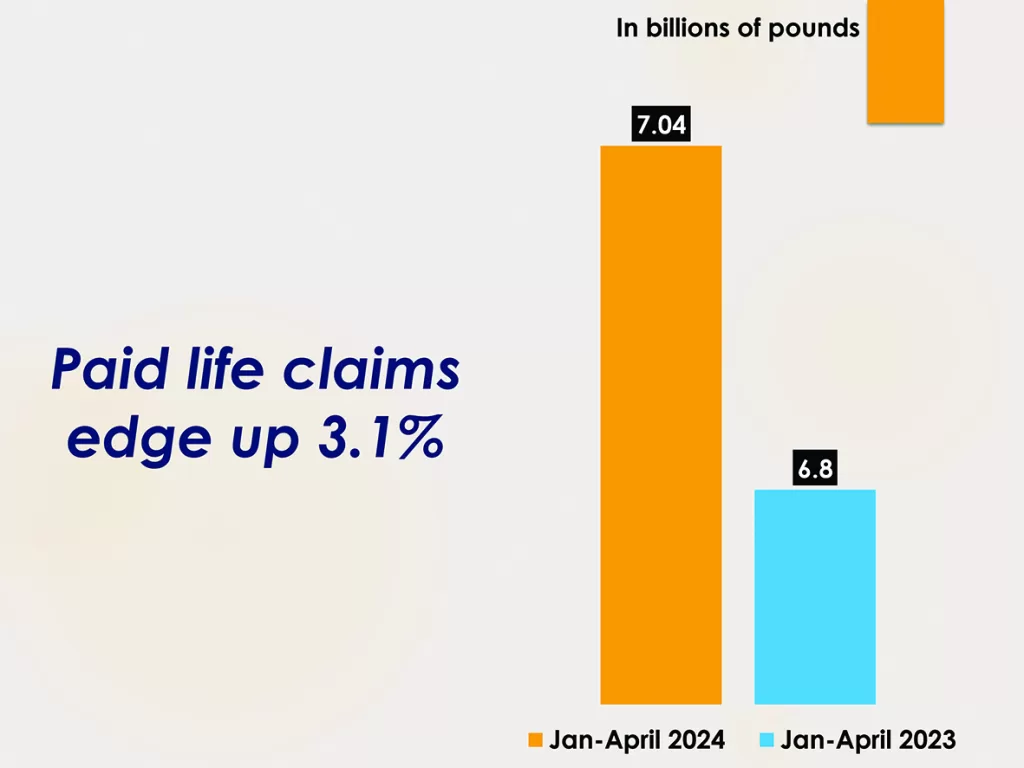
“Gold prices continued to firm in Q2 and beyond, in line with total demand. As per our Mid-Year Outlook, we see plenty of fundamental support for the market in H2: revived Western investment flows should balance out weaker consumer demand and potentially slower central bank buying vs 2023. India’s recently announced duty cut bodes well for demand in that key market,” said the WGC report, a copy of which was made available to the Egyptian Mail.
Retail bar and coin investment was five per cent lower at 261 tonnes, primarily due to weak demand from Western markets. The record gold price environment took its toll on Q2 jewelry consumption: volumes fell 19 per cent, year-on-year, to a four-year low of 391 tonnes, according to WGC data.
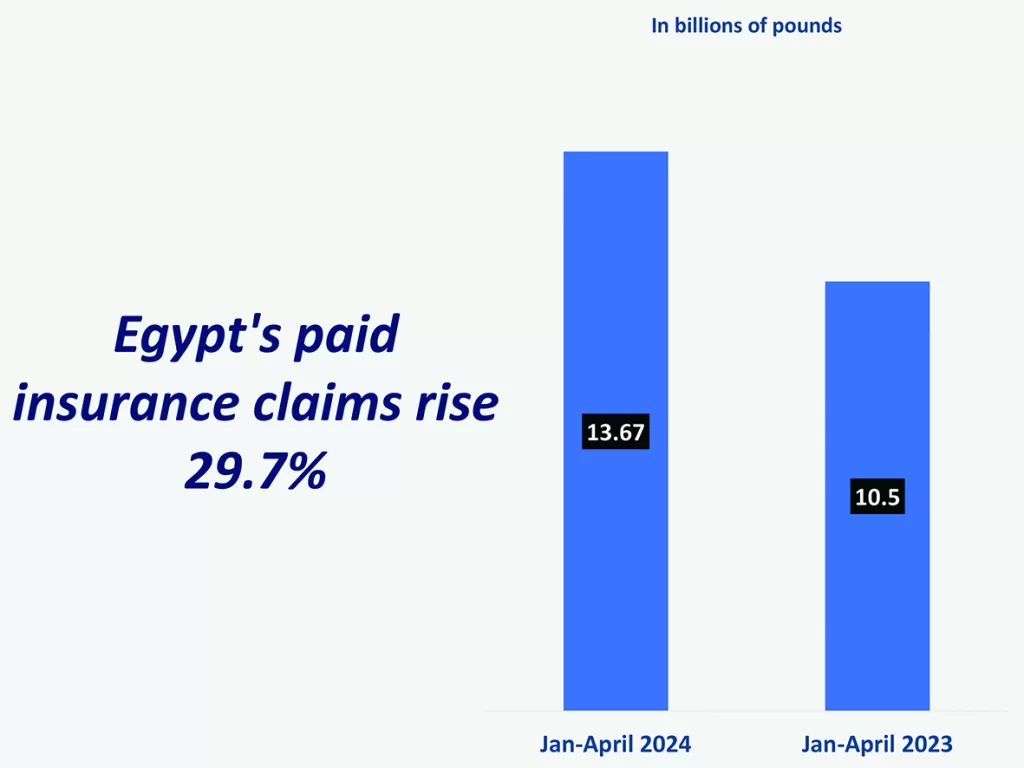
“Gold demand excluding OTC in Q2 was down six per cent, year-on-year, to 929 tonnes as a sharp decline in jewelry consumption outweighed mild gains in all other sectors. Adding in OTC investment to total gold demand yields a four per cent, year-on-year, increase to 1,258 tonnes,” the report said.
Mine production of 929 tons was a record for a second quarter. Recycling supply was the highest for a second quarter since 2012, responding to the rising gold price.
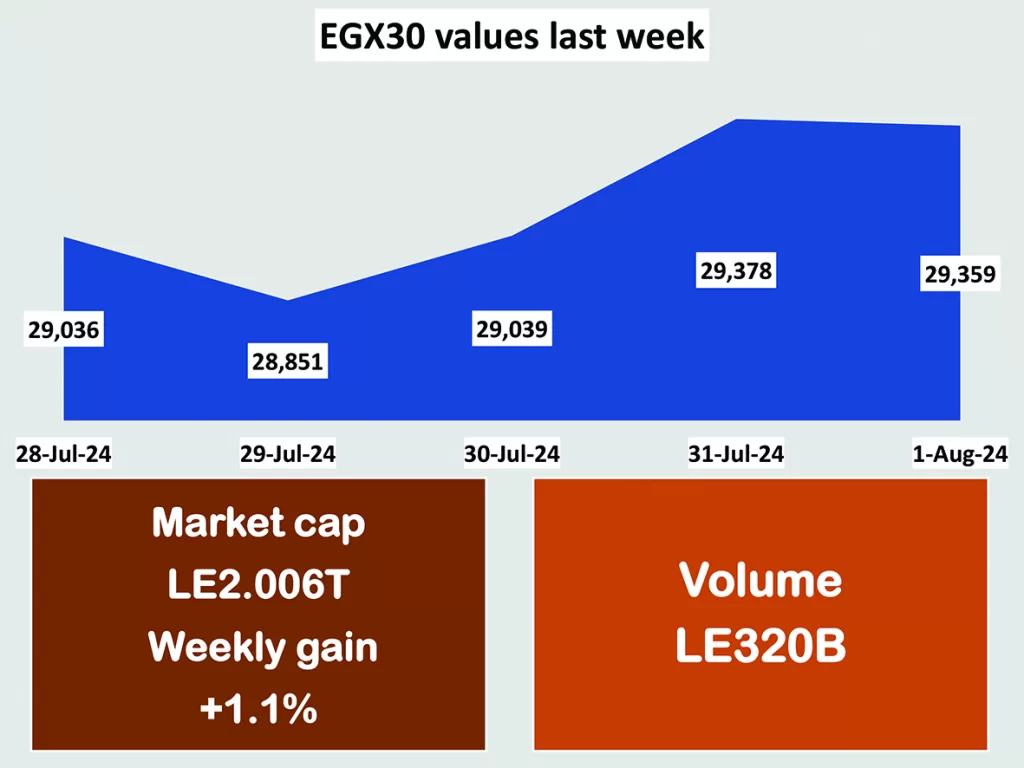
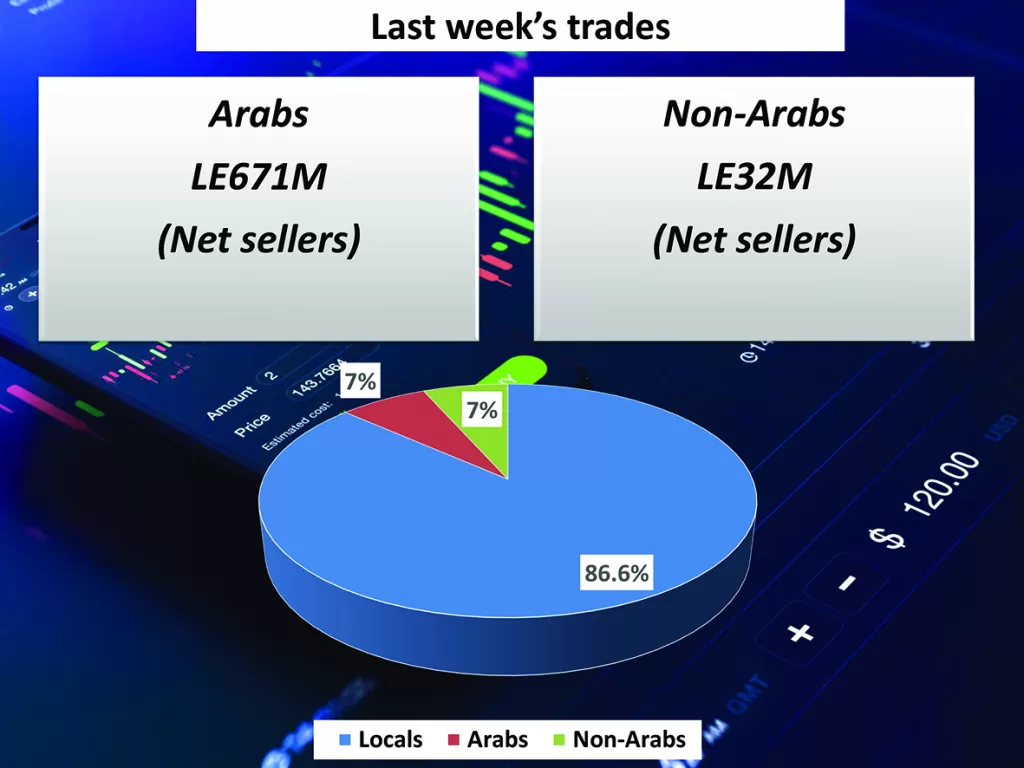
“Global central bank net gold buying was six per cent higher, year-on-year, at 184 tonnes, driven by the need for portfolio protection and diversification. Gold used in technology jumped 11 per cent, year-on-year, as the AI trend continued to drive demand in the sector,” it said.



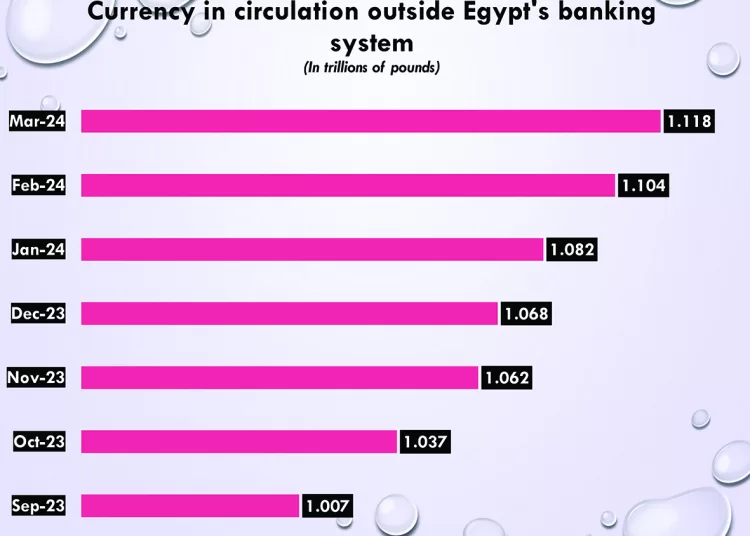


Discussion about this post